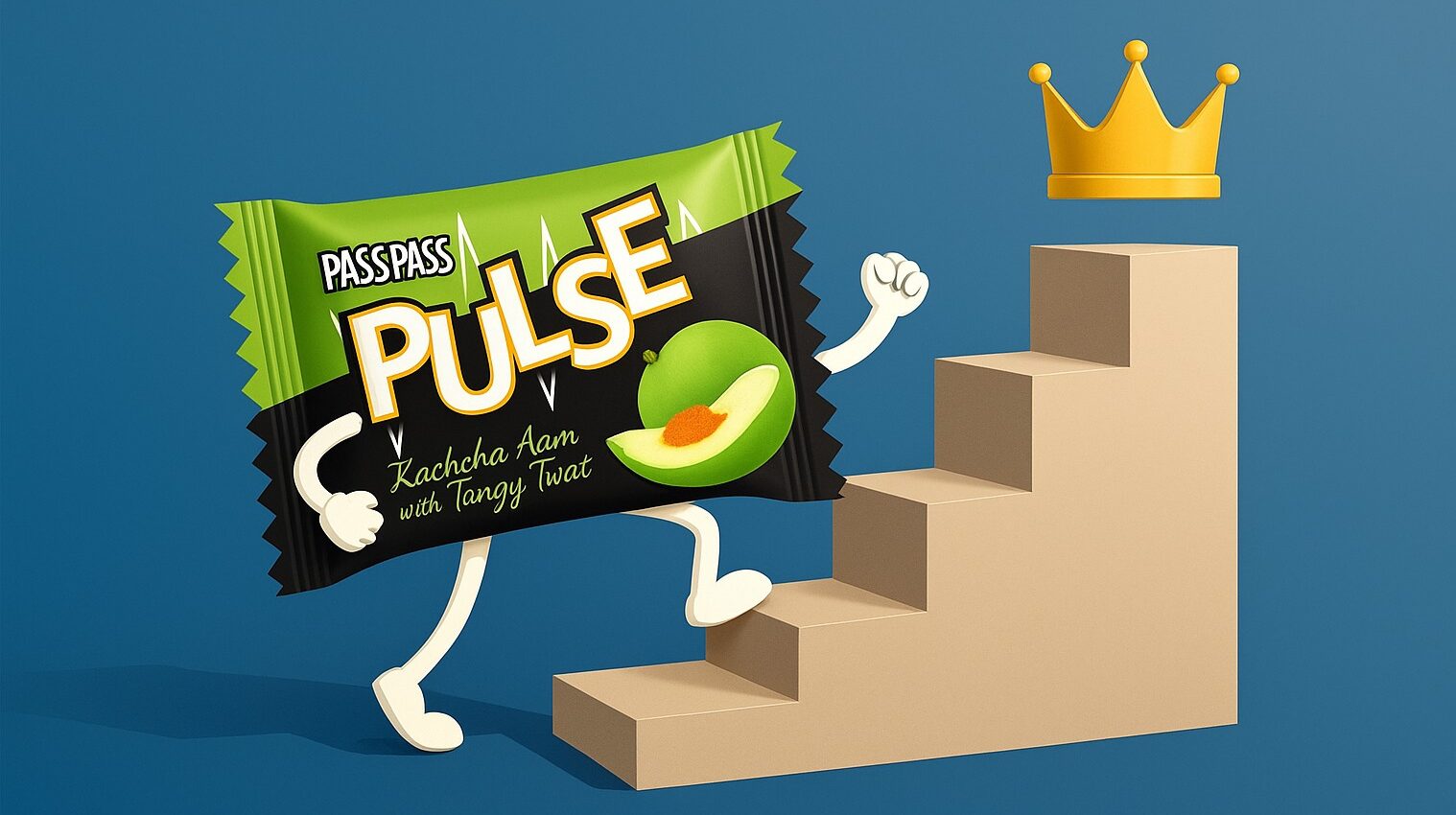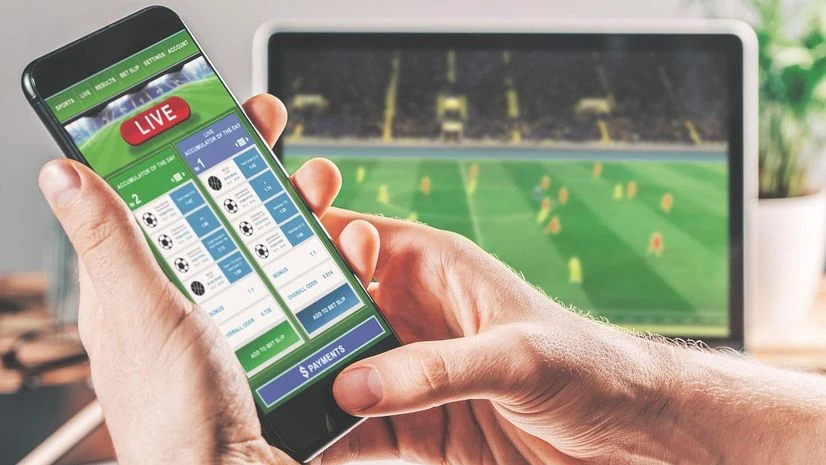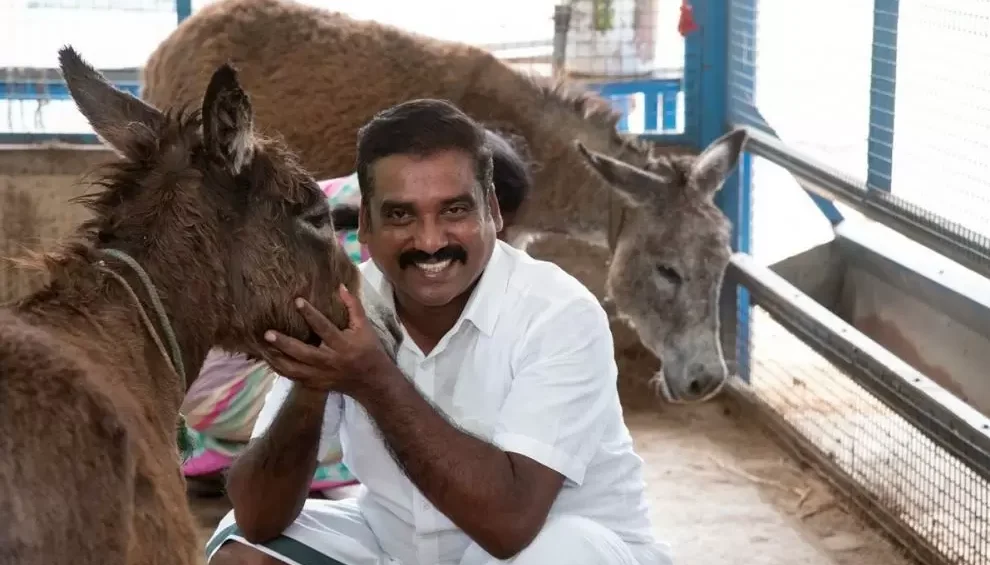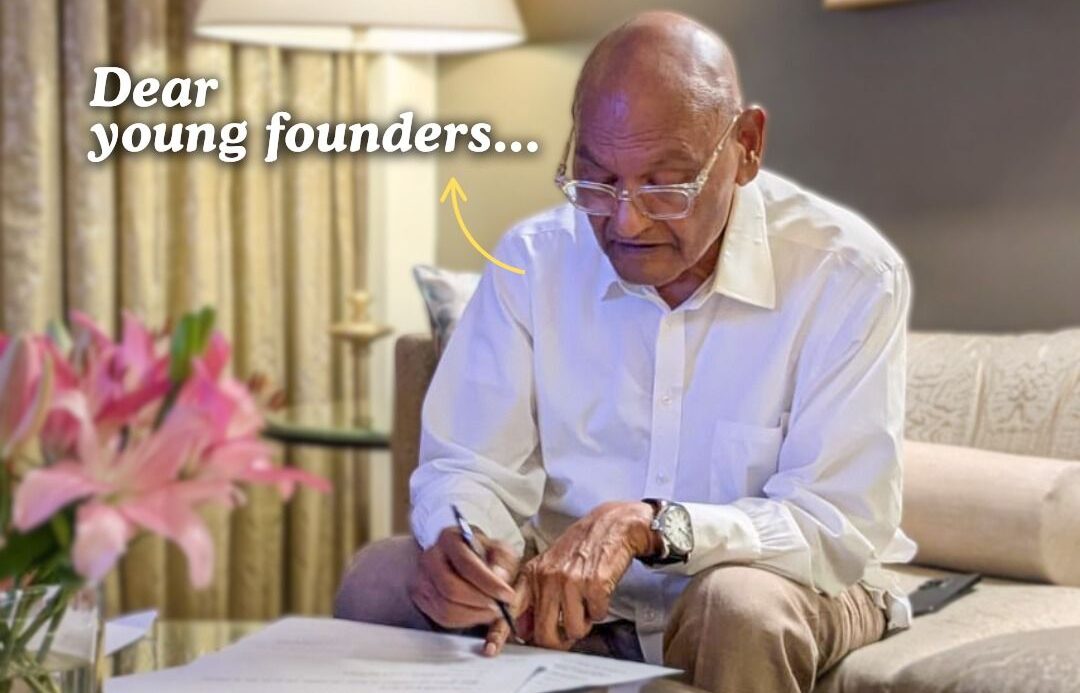Pulse candy’s Kachcha Aam (raw mango) variant with its tangy outer layer and spicy core, has become its signature flavor and a nationwide hit. Pulse Candy, the iconic raw mango-flavoured treat from the Dharampal Satyapal (DS) Group, has achieved a milestone ₹750 crore in revenues for FY2024-25, growing about 15% annually, far outpacing the candy industry’s ~9% growth rate.
In just nine years since its 2015 launch, Pulse has captured roughly 19% of India’s ₹4,000 crore hard-boiled candy market. This homegrown ₹1-per-piece candy brand is now firmly the market leader in its segment, illustrating how a keen understanding of Indian tastes and savvy marketing turned a humble sweet into a ₹750 crore phenomenon.
Pulse Candy: Disrupting the Market at ₹1
When Pulse debuted in mid-2015, it entered a market long dominated by established brands and cautious pricing. Most candies weighed ~2-2.5 grams and sold for just 50 paise, but Pulse boldly launched a 4-gram candy at ₹1, double the typical price. This was a calculated gamble: DS Group had identified the cultural love for “kaccha aam” (raw mango) sprinkled with salt and spices across India.
The product they developed was a hard-boiled candy with a sweet fruity shell and a tangy, spiced core that delivered a “chatpata” (zingy) surprise in every bite. Consumers immediately took to this unique layered flavor experience, validating Pulse’s value proposition. “At a time when 86% of the hard-boiled candy market was at the 50-paise price point, Pulse boldly launched at ₹1. This wasn’t just a higher price; it was a perceived higher value that resonated deeply with our palates and our pockets,” explains Rajiv Kumar, Vice Chairman of DS Group.
Despite minimal formal advertising early on, Pulse became an instant hit through word-of-mouth buzz. The candy was first test-marketed in regions like Rajasthan, Gujarat, and Delhi, areas known to enjoy tangy flavours and it quickly sold out, exceeding expectations.
Shoppers began asking for “the Pulse wali candy” by name, reflecting the brand’s rapid organic traction and strong recall. In fact, initial demand outstripped production, prompting DS Group to scale up distribution nationwide within months. The sales figures tell the story of this frenzy: within six months of launch Pulse had notched ₹50 crore in revenue, and by eight months it had doubled to ₹100 crore.
The first full year closed at about ₹150 crore, and by its second year Pulse crossed ₹300 crore in sales – unprecedented growth for a new candy brand in India.
Riding a Wave of Tangy Innovation
Pulse’s runaway success did more than just boost DS Group’s coffers, it reshaped the Indian confectionery landscape. The candy’s fusion of familiar fruity taste with a zesty, spicy twist tapped into an unmet demand. “Pulse, with its fusion of fruity and surprisingly tangy flavours, particularly the familiar raw mango with a zesty core, distinctly appealed to India’s preference for tangy tastes, a significant departure from the Western-format candies prevalent at the time,” notes Rajiv Kumar.
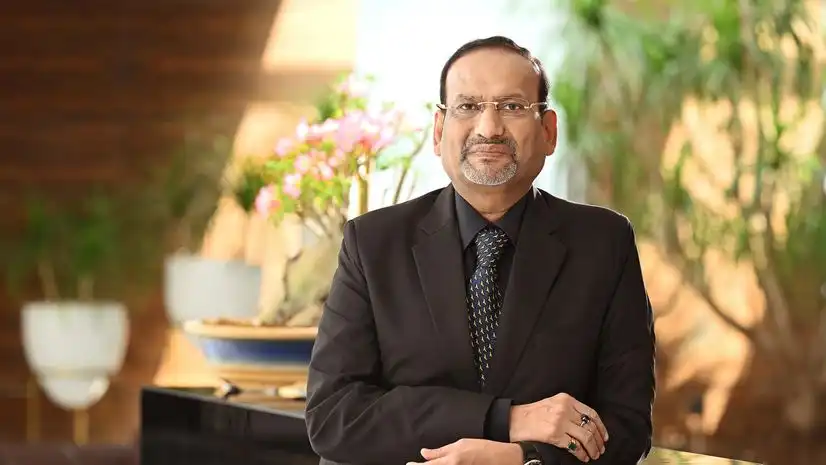
Consumers loved that bold desi flavor profile, and they proved willing to pay a premium (₹1 vs ₹0.50) for a novel candy experience. This success sent rivals scrambling: seeing Pulse’s popularity, other major players like Parle (maker of Mango Bite), Perfetti Van Melle (Alpenliebe), and ITC (Candyman) rushed to introduce their own tangy, spice-filled candy variants in an attempt to ride the trend. The competitive flurry of “me-too” products, many also priced at ₹1, further validated that Pulse had shifted consumer expectations and pricing norms in the segment.
By 2016–17, just a couple of years post-launch, Pulse had toppled long-time favorites to become India’s leading hard-boiled candy with over 15% market share. It famously dethroned Parle’s Mango Bite (previously a category leader) despite the latter’s lower price point, underlining how Pulse’s innovative taste gave it a decisive edge.
Industry observers noted that Pulse not only stole the limelight in the hard-candy space, but even impacted adjacent categories, for example, growth in chocolatey toffees (like éclairs) slowed as consumers gravitated to Pulse’s novel offering. To capitalize on its craze, DS Group eventually rolled out a catchy tagline “Pran Jaaye Par Pulse Na Jaaye” (“Life may go, but not Pulse”), and what began as an organic craze evolved into a well-managed brand with formal marketing campaigns.
Flavor Expansion and Adult Appeal
Pulse expanded beyond the original raw mango candy to a range of flavours and formats, as seen in this lineup (front row L-R: Guava, Orange, Litchi, Pineapple; back row: assorted packs including the Kachcha Aam original and spin-offs like Pulse Shots).
Riding high on its initial success, Pulse widened its flavor range to continue keeping its fans interested. New flavors were launched, such as Guava (Amrood), Orange, Pineapple, and Litchi candies, all of which had Pulse’s characteristic tangy center to different extents. The original Kachcha Aam (raw mango), nevertheless, is still the most popular flavor by a landslide, becoming the candy’s superstar flavor.
The brand didn’t stop at flavors; it also innovated with different formats. For instance, Pulse Shots (bite-sized candy bits) and Pulse “Golmol” (a soft, tamarind-flavored chew) were launched to offer the same chatpata experience in new ways. These extensions align with DS Group’s vision of evolving Pulse into a “multi-format, multi-occasion offering” that can cater to varied consumer preferences.
Another reason for Pulse’s continued growth was its broad appeal to all ages, a phenomenon in the candy industry. Conventionally, Indian boiled candies were targeted towards kids, but Pulse specifically targeted adults too, tapping into nostalgia and strong flavors to entice older consumers.
“Pulse revolutionised the confectionery market by challenging the notion that candies were solely for children. It strategically tapped into an overlooked demographic, the adults, thereby significantly broadening the consumer base for impulse confectionery.
Why should kids have all the fun? That was the premise,” Rajiv Kumar quips. This insight paid off: one could find college students and office-goers as excited about Pulse as school kids. The candy’s quirky role as a substitute for loose change or a post-meal treat fit right into Indian habits, whether in rural kirana shops or urban supermarkets.
Indeed, Pulse’s distribution spread grew to match its broad fanbase- today it is available in over 3.5 million (35 lakh) retail outlets across India, ensuring even small towns and villages can get their Pulse fix. Such deep distribution, bolstered by DS Group’s strong network from its other businesses, helped Pulse penetrate both rural and urban markets with equal success.
₹750 Crore Milestone and Future Outlook
In 2025, nine years since its launch, Pulse has firmly solidified its place in India’s FMCG pantheon by crossing ₹750 crore in annual sales. This figure corresponds to an astonishing 750 crore individual candies sold in FY25 (as each retails for ₹1).
What’s more, Pulse achieved this with a 15% compound annual growth rate (CAGR) over the past three years, significantly higher than the industry average growth. According to Nielsen data, the brand now commands about 19% of India’s hard-boiled candy segment by value, making DS Group the single largest player in this ₹4,000 crore market.
Such dominance by a relatively new entrant underscores how effectively Pulse struck a chord with consumers. The brand has also become the growth engine of DS Group’s confectionery business, contributing roughly 45% of the segment’s revenue for the group. (DS Group, a diversified conglomerate known for products like Catch spices, Rajnigandha pan masala, and dairy, recently crossed ₹10,000 crore in total revenues, with foods and beverages, including confectionery, now driving its growth.) Within the DS confectionery portfolio, Pulse shares shelf space with other brands like Pass Pass (mouth freshener candies), Chingles (chewing gum), FRU Juicy Jelly, and Rajnigandha Pearls, but Pulse is by far the star performer.
Looking ahead, DS Group is bullish about Pulse’s future. The company envisions Pulse becoming a “₹1,000 crore brand” within the next two years, and is investing accordingly in product innovation and market expansion.
“We plan to achieve this by moving into adjacent product categories, exploring innovative new formats, and capitalising on regional flavors,” says Kumar, outlining a roadmap that could see Pulse extend into more types of confectionery while still playing to its core strength of bold Indian flavours.
The group is also aggressively pursuing international markets for Pulse. After conquering Indian taste buds, Pulse is setting its sights abroad with plans to expand in countries with large Indian diaspora or similar palates, such as the United States, Canada, Nepal, and Bhutan.
Efforts are underway to build Pulse as a global brand, though careful attention will be paid to maintaining its distinctive Indian identity and flavor profile that make it unique. Domestically, the focus remains on brand-building and deeper consumer engagement; the company has rolled out initiatives like “Pulse Candy Day” events, interactive campaigns (“Beat the Bean,” “Raise the Pulse”), and social media content to keep the buzz alive.
Simple Yet Clever Marketing
From a risky ₹1 candy launch in 2015 to its current status as a ₹750 crore market leader, Pulse Candy’s journey exemplifies the power of local insight and product innovation in India’s FMCG sector. By reinventing the classic raw mango candy with a dash of spice and a clever marketing strategy, Pulse struck a balance between nostalgia and novelty that appealed to millions.

Its rapid ascent achieving ₹100 crore sales in mere months and outgrowing legacy competitors – has become the stuff of business lore. More importantly, Pulse has shown that even a traditionally child-centric category like candy can be premiumized and made aspirational for adults, expanding the category itself. As the brand now sets its ambition on the ₹1,000 crore mark and ventures into new formats and geographies, it continues to build on the strong foundation of consumer love it earned with that very first tangy bite.
Pulse’s story is not just one of meteoric sales; it’s about a homegrown brand that understood the Indian palate and psyche, and in doing so, created a modern candy empire, one sweet, spicy core at a time.
Also Read: Meet the Founders Who are Building a “Post‑Sugar World” with Arboreal









